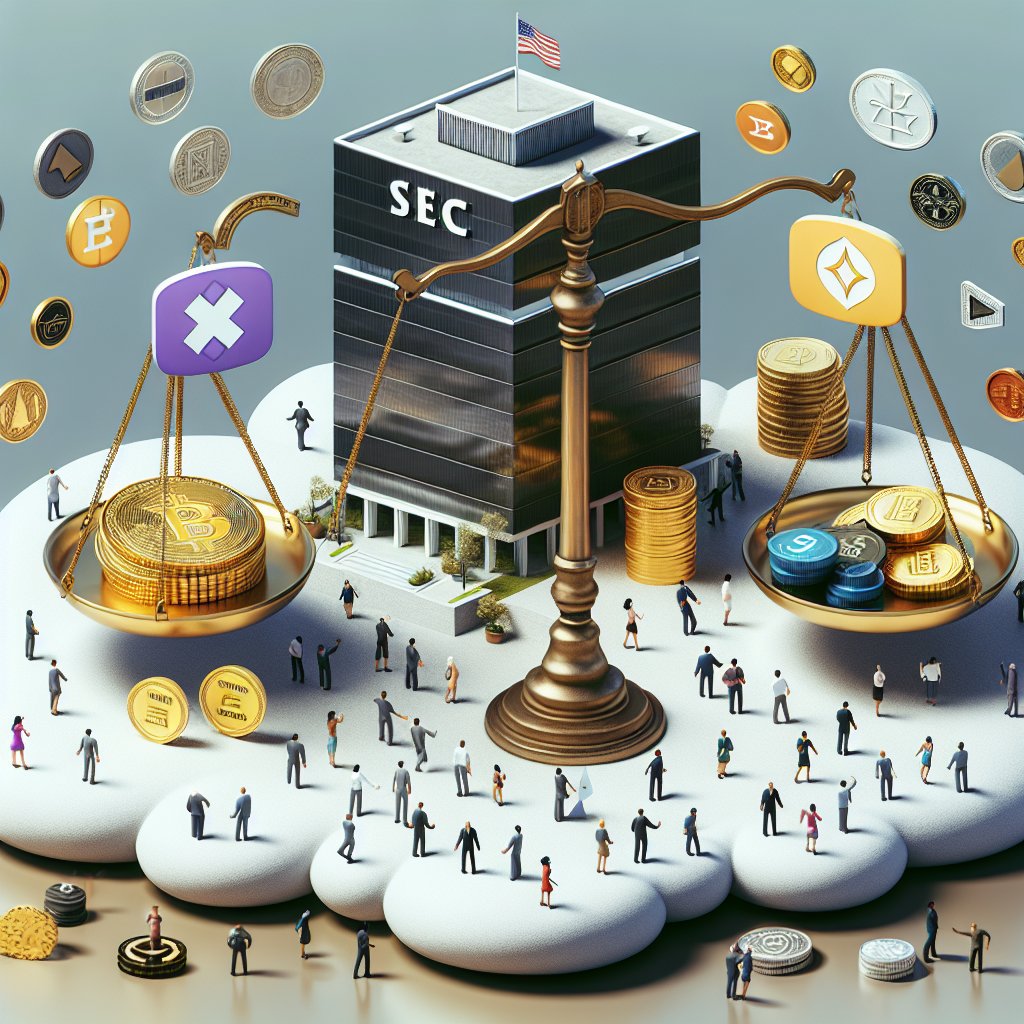—
Understanding Artificial Intelligence: Exploring Its Impact, Challenges, and Future Prospects
Artificial Intelligence (AI) isn’t just a buzzword; it’s a transformative force reshaping industries, societies, and daily life. From voice assistants that respond to casual queries to complex algorithms that drive autonomous vehicles, AI’s influence permeates countless spheres. Yet, beneath the surface of slick demos and media hype lies a nuanced landscape of technological innovation, ethical debates, and profound possibilities. This report unpacks the current state of AI in 2025, examining market dynamics, technical milestones, societal implications, and what the road ahead might look like.
—
The Pulse of AI Today: Beyond the Hype
While discussions on AI often spotlight astonishing breakthroughs—like GPT models and powerful image generators—the broader AI ecosystem reveals both maturation and growing pains.
– Market growth remains robust, with AI-driven solutions expanding across sectors such as healthcare, finance, and manufacturing.
– However, the pace of innovation is accompanied by rising concerns about AI’s real-world reliability, fairness, and transparency.
– Unlike the celebrity attention on general AI, much of today’s progress focuses on narrow AI systems designed for specific tasks—reflecting a pragmatic step toward practical deployment rather than sci-fi fantasies.
This evolving approach represents a balancing act between excitement and caution—fostering advancement while managing expectations and risks.
—
Technical Advances: Where AI Stands Now
AI development hinges on increasingly sophisticated models, improved data availability, and enhanced computational power. Several key trends define the technical landscape:
– Foundation models such as large language models (LLMs) have achieved scale and versatility, enabling applications from natural language understanding to code generation.
– There’s a growing shift toward multimodal AI, which integrates text, images, video, and audio to create more holistic understanding across data types.
– At the same time, efficiency breakthroughs are prompting research into models requiring less energy and training data—critical for sustainable AI progression.
Challenges persist, especially around interpretability: making AI decisions understandable to humans remains an open problem, essential for trust and accountability.
—
Ethical and Societal Dimensions: Navigating a Complex Terrain
The infusion of AI in every layer of life raises profound questions:
– Bias and fairness: AI systems can amplify existing societal biases if trained on unrepresentative or prejudiced data, leading to unfair outcomes in hiring, lending, and law enforcement.
– Privacy: The expansive data collection fueling AI threatens personal privacy, necessitating stronger safeguards and transparent usage policies.
– Job disruption: Automation powered by AI risks reshaping labor markets—with potential displacement balanced against the creation of new jobs and roles.
Governments, corporations, and researchers are grappling with these issues, with emergent frameworks seeking to govern AI development responsibly. However, the solutions often lag behind the rapid technical advancements.
—
AI’s Role Across Industries: Diverse Applications and Impact
Looking beyond theory, AI’s tangible influence is clear across various fields:
– Healthcare: From predictive diagnostics and personalized medicine to robotic surgery assistance, AI enhances diagnostic speed and accuracy, potentially saving lives.
– Finance: Fraud detection, algorithmic trading, and risk assessment are increasingly AI-driven, offering new efficiencies but also requiring robust oversight.
– Manufacturing and Robotics: AI enables predictive maintenance, quality control, and automation in factories, driving productivity gains.
– Creative Arts: AI tools augment creativity, producing music, visual art, and written content, raising questions about authorship and originality.
These applications reflect a landscape where AI serves as both a tool and collaborator, unlocking novel possibilities while demanding thoughtful integration.
—
Future Outlook: Charting AI’s Path Forward
As AI stands at this pivotal juncture, several themes shape its near and long-term future:
– Integration with human intelligence: The next wave involves seamless human-AI collaboration—where AI amplifies rather than replaces human skills.
– Regulation and governance: Expect more comprehensive regulations balancing innovation with ethical safeguards, including standards for transparency and accountability.
– AI democratization: As tools become more accessible, broader communities can harness AI, potentially reducing inequalities or, conversely, creating new divides if access remains uneven.
– Frontiers of research: Explorations into general AI, reasoning capabilities, and consciousness remain speculative but fuel visionary ambitions.
Understanding this trajectory demands an appreciation for the delicate interplay of technology, society, and values.
—
Conclusion: AI as a Double-Edged Catalyst
Artificial Intelligence embodies an extraordinary paradox: immense potential intertwined with real risks and responsibilities. As the technology becomes more embedded in everyday life, its influence is less about spectacle and more about steady evolution amplified by human judgment. The challenge for all stakeholders lies in steering AI’s development to maximize benefits and minimize harms, ensuring that this powerful catalyst uplifts rather than upends societies.
Keeping abreast of technical advances, ethical debates, and policy developments offers the clearest path to harnessing AI’s promise wisely. Whether one is a developer, policymaker, business leader, or citizen, engaging with AI thoughtfully is essential to shaping a future where technology serves humanity’s highest aspirations.
—
References & Further Reading
– Google AI Blog – State of AI in 2025
– MIT Technology Review – The Future of AI
– OpenAI Research Papers
– World Economic Forum – AI Governance
– Harvard Business Review – AI in Business
—
*The resources linked above open new windows and provide deeper insights into the topics covered, offering a springboard for further exploration.*











